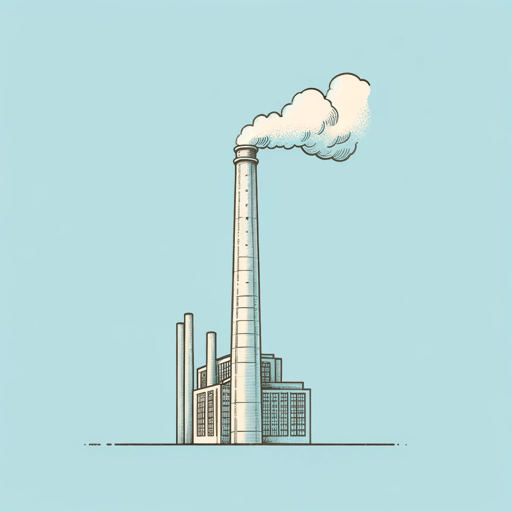60 pages • 2 hours read
Thomas J. SugrueThe Origins of the Urban Crisis: Race and Inequality in Postwar Detroit
Nonfiction | Book | Adult | Published in 1996A modern alternative to SparkNotes and CliffsNotes, SuperSummary offers high-quality Study Guides with detailed chapter summaries and analysis of major themes, characters, and more.
Part 1Chapter Summaries & Analyses
Part 1: “Arsenal”
Part 1, Chapter 1 Summary and Analysis: “Arsenal of Democracy”
Chapter 1 focuses on Detroit before the urban crisis. A thriving center of labor and technology, the city epitomized American economic might and the primacy of global capitalism. Automobile plants and related industries accounted for 60% of the city’s economy, while oil refineries, steel mills, salt mines, food-processing factories, breweries, and the world’s largest pharmaceutical plant accounted for the remaining 40% (18). Raw materials arrived at the factories by train, while the Detroit River provided access to the Great Lakes, allowing for the easy transportation of goods and the disposal of industrial waste. Five major arteries crisscrossed the city, facilitating transit in and out of the urban core. Art Deco skyscrapers dominated the city center, while residential neighborhoods comprising wood-frame and brick houses spread out for miles around it. In contrast to other American cities, early-20th-century Detroit lacked high-rise apartments and tenements. Although Sugrue’s study consists largely of meticulously researched facts and figures, the writing retains some descriptive narrative quality. The historian does not simply argue for a theoretical viewpoint—he is telling a story, and these early chapters set the stage for a dramatic turn in plot events. By painting this lively and detailed portrait of the booming city, Sugrue contextualizes the urban crisis and highlights its drastic nature; this prosperous Detroit is a

